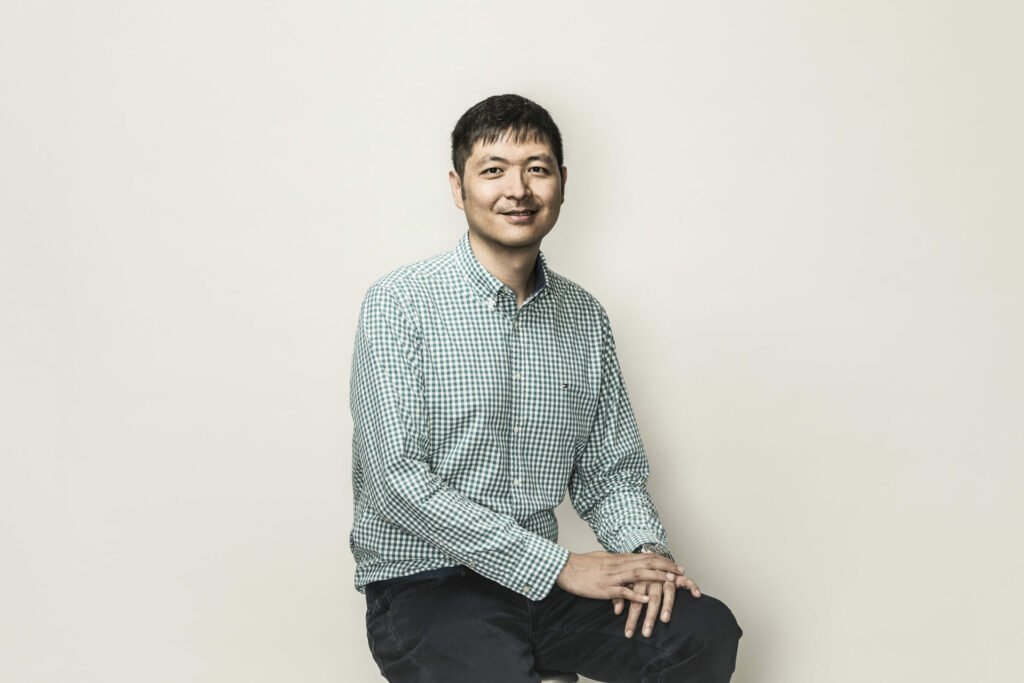[tta_listen_btn listen_text="Click to listen to this story" pause_text="Pause" resume_text="Resume" replay_text="Replay" start_text="Start" stop_text="Stop"]
Three researchers from the Lassonde School of Engineering at York University have received support for innovative interdisciplinary research projects from the Lassonde Innovation Fund (LIF), an initiative that helps advance work that addresses global challenges and United Nations Sustainable Development Goals.
This year’s LIF initiatives focus on a range of topics, spanning from green roof innovation to exploring planetary skies. Through these projects, faculty members are committed to advancing scientific research and creating solutions for a more just and sustainable world.
Learn more about this year’s LIF projects below.
Project: “Assessing Hydraulic and Thermal Performance of Green Roof” by Magdalena Krol

Krol, an associate professor of civil engineering, will leverage her expertise, and that of civil engineering Professor Usman Khan, as well as the testing capacity of the Climate-Data-Driven Design Facility, to compare the performance of conventional roofs against green roofs.
Green roofs have the ability to both mitigate flood risk by retaining storm water and reduce energy costs of buildings and homes. Currently, there is limited research that critically evaluates the performance difference between conventional and green roofs, creating a significant knowledge gap in urban sustainability.
This project – a first of its kind – aims to bridge the gap by constructing modules of both roof types and monitoring their behaviour under realistic conditions such as fluctuating temperature, precipitation and humidity. Using various tools and technologies, data will be collected over time to analyze specific performance indicators, including storm water retention and energy dissipation.
Establishing a thorough understanding of green roof efficiency is crucial for further development of design guidelines and encouraging the adoption of these systems in urban areas.
Project: “Interpretable Learning of Bio-signaling Systems via Data-driven Graph Analysis” by Gene Cheung

A professor of electrical engineering and computer science, Cheung’s initiative will build on existing research exploring the use of a graph-based tool to evaluate and classify biological signals, as well as evaluate the response of cells, in the eye.
In collaboration with Andrew Eckford, an associate professor in the Department of Electrical Engineering & Computer Science, as well as Yuji Nakatsukasa, an associate professor at the University of Oxford, the researchers will apply their expertise to refine the graph-based classifier to determine exactly which cells are responding to particular visual information.
This advanced tool has the potential to increase understanding of the visual system, helping inform the development of assistive technologies for visual impairments. The project also serves as a foundation for future work that aims to extend analyses to more diverse and complex biological signals.
Project: “Perceiving Planetary Skies through Space, Time, and Experience” by John Moores

Moores, an associate professor in the Department of Earth & Space Science & Engineering, will pursue a project that blends art and science to create space-themed immersive experiences inspired by data gathered from planetary skies. This research is driven by the idea that engaging with planetary data in a more captivating way can help reshape our understanding of other planets.
Moores will work in collaboration with Sarah Rugheimer, an associate professor in the Faculty of Science; Jennifer Steeves, a professor in the Faculty of Health; and Ian Garrett, an associate professor in the School of the Arts, Media, Performance & Design.
The project includes three objectives: utilizing radiative heat transfer techniques to model alien skies, developing immersive exhibits that simulate exotic space environments, and analyzing individuals’ psychological and physiological responses to these space-themed displays.
This interdisciplinary research promises to investigate, inform and inspire, fostering a deeper connection between space and humanity, while advancing understanding of planetary skies.
